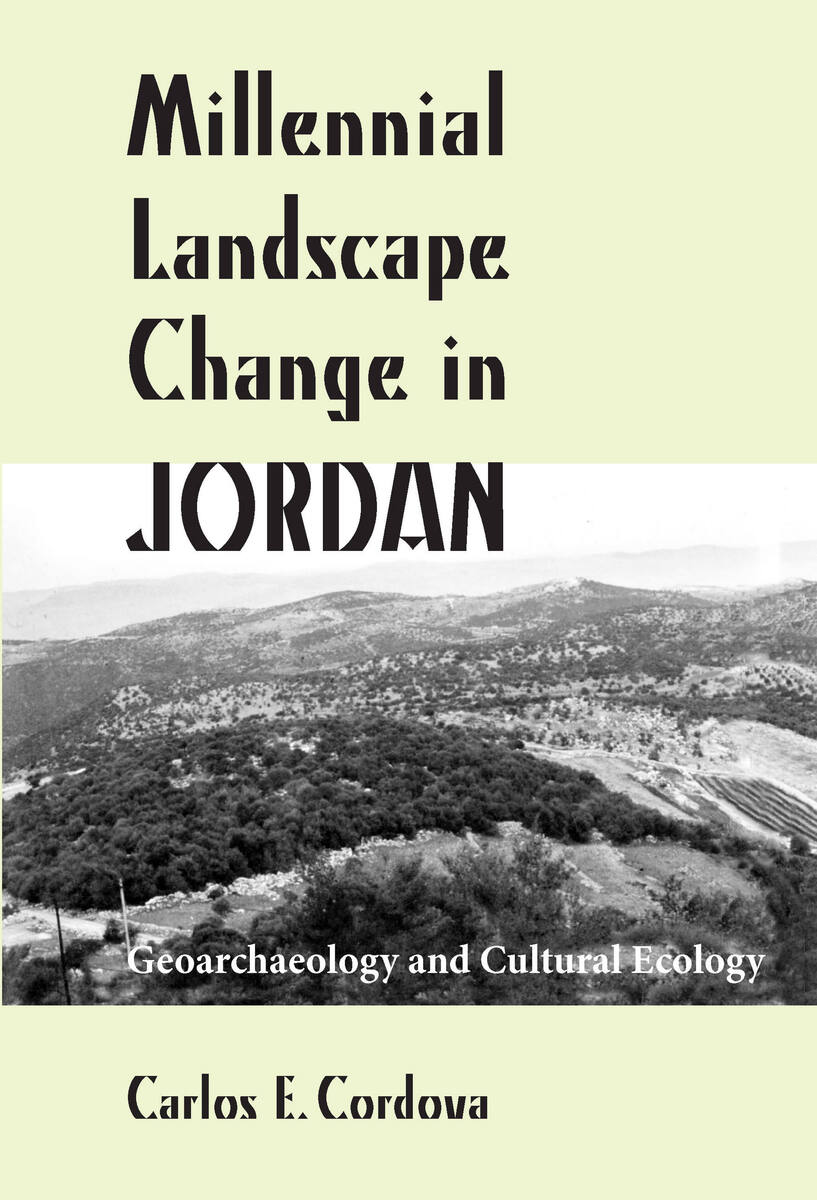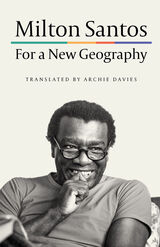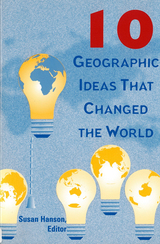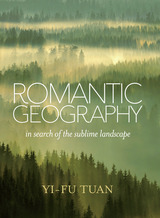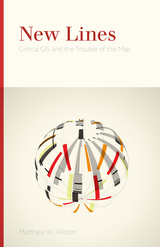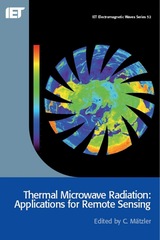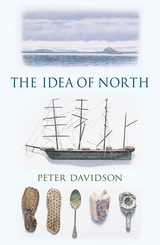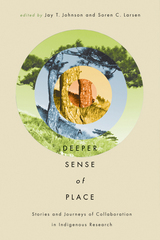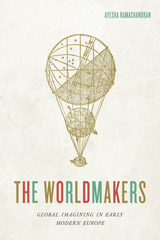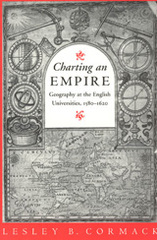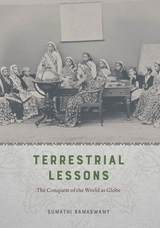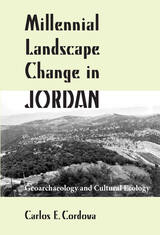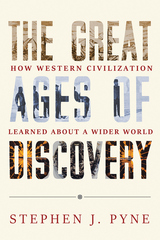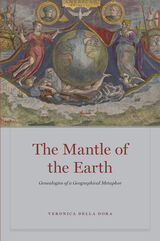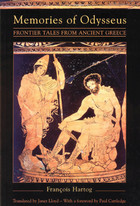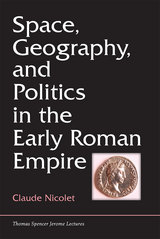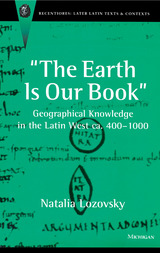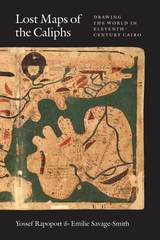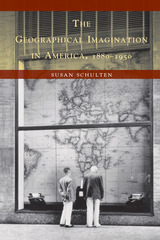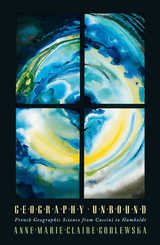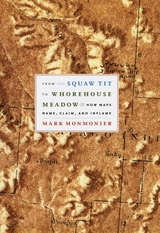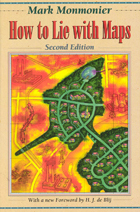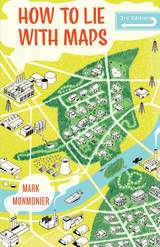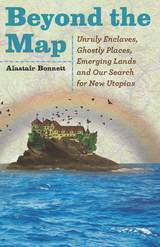Millennial Landscape Change in Jordan: Geoarchaeology and Cultural Ecology
University of Arizona Press, 2007
eISBN: 978-0-8165-5103-3 | Cloth: 978-0-8165-2554-6
Library of Congress Classification G76.5.J6C67 2007
Dewey Decimal Classification 304.2095695
eISBN: 978-0-8165-5103-3 | Cloth: 978-0-8165-2554-6
Library of Congress Classification G76.5.J6C67 2007
Dewey Decimal Classification 304.2095695
ABOUT THIS BOOK | TOC
ABOUT THIS BOOK
Stands of relict vegetation, soil horizons, and sedimentary deposits along with archaeological evidence suggest that during certain time spans within the past twenty millennia, Jordan was endowed with moister and more vegetated landscapes than the ones we see today. In this detailed volume, Carlos E. Cordova synthesizes diverse information on multiple topics to provide a comprehensive view of the changes in the Jordanian landscape and the many ways it has been affected by human habitation and the forces of nature.
Cordova focuses on geoarchaeological and cultural ecological aspects of research, presenting data from physical, chemical, and biological sources. He examines the changing influence of climate, vegetation, and hunting opportunities on cultural exploitation tactics, as well as the effects of the growing population and agriculture on the environment. Cordova argues that an interdisciplinary approach to studying the area is crucial to achieving a true understanding of Jordan’s changing landscape.
Chapter topics include approaches to the study of ancient Jordanian landscapes in the Near Eastern context; the physical scene; endowed landscapes of the woodlands; the encroaching drylands; the current and future state of the paleoecological and geoarchaeological record; patterns of millennial landscape change; and the process of interpreting millennial landscape change. The text is abundantly illustrated with photos, line illustrations, tables, and maps, providing a valuable assessment of archaeological developments over the prehistory and history of what today is the Hashemite Kingdom of Jordan. This volume will be especially welcomed by scholars interested in the archaeology, history, and geography of Jordan, the Levant, and the Near East and by field-school students working on archaeological projects in Jordan.
Cordova focuses on geoarchaeological and cultural ecological aspects of research, presenting data from physical, chemical, and biological sources. He examines the changing influence of climate, vegetation, and hunting opportunities on cultural exploitation tactics, as well as the effects of the growing population and agriculture on the environment. Cordova argues that an interdisciplinary approach to studying the area is crucial to achieving a true understanding of Jordan’s changing landscape.
Chapter topics include approaches to the study of ancient Jordanian landscapes in the Near Eastern context; the physical scene; endowed landscapes of the woodlands; the encroaching drylands; the current and future state of the paleoecological and geoarchaeological record; patterns of millennial landscape change; and the process of interpreting millennial landscape change. The text is abundantly illustrated with photos, line illustrations, tables, and maps, providing a valuable assessment of archaeological developments over the prehistory and history of what today is the Hashemite Kingdom of Jordan. This volume will be especially welcomed by scholars interested in the archaeology, history, and geography of Jordan, the Levant, and the Near East and by field-school students working on archaeological projects in Jordan.
See other books on: Archaeological geology | Cordova, Carlos E. | Geoarchaeology | Jordan | Landscape changes
See other titles from University of Arizona Press
